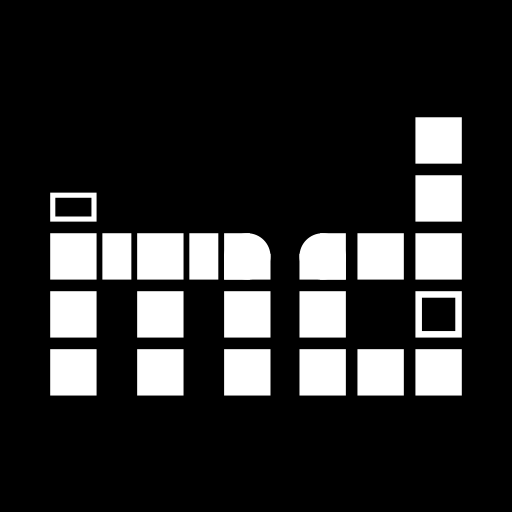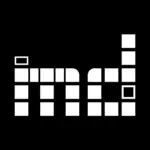On September 6th 2022, we continued our monthly user meetups. As should best become the norm, we discussed recent new features of the preceeding month and plan a next meetup on the first Tuesday of October (October 4th, 2022, 5 p.m. at https://meet.jit.si/museum-digital-meetup-202210).
A summary of the new features and updates can be found in the following.
Recent Updates and New Features
musdb
Support for Imperial Measurement Units for Separated Measurements
Thus far, musdb only supported metric units for length, width, diameter, etc. It is now also possible to enter measurements in inches and feet. For searching objects smaller or larger than a given number, the number is still expected to be provided in millimeters.
Reworked Institution-Wide Settings Page
Certainly the main focus of our work on improving musdb has been a rather extensive overhaul of the institution-wide settings page. This page is available for users of the user role “museum director” and can be reached through the academy-icon in the navigation.
With the batch of updates, the page gets a new design with an always visible table of contents and rather extensive descriptions of each of the available settings. We removed some outdated and confusing options while adding new ones for the newly added strict modes and inventory number suggestions.
Suggestions for Inventory Numbers for New Objects
On the institution-wide settings page, it is now possible to set a scheme for how the museum forms its inventory numbers. Variable parts are expressed using placeholders:
{no}for a number counting up. For a counter padded to a given number of digits, a number may be added after the place holder (e.g.{no}6for a 6 digit counter in the inventory number.{c_sig}for a signature of the collection{year}for the ongoing calendar year).
If a regular inventory number in the house is, say, “2022-000025”, the scheme would thus be {year}-{no}6.
If an inventory number scheme has been set, an additional suggestion button will appear in front of the entry field for inventory numbers on the page for adding new objects.
Searching for Objects by Their Entry Dates
Similar to how secondary search indexes for measurements greater or smaller than a given value have existed for some time, entry dates, estimation dates, etc. are now made properly searchable through the object search in musdb. For this, dates need to be set in a coherent, maschine-readable form that is greatly aided by the new strict modes.
Strict Modes
See the dedicated blog post on this topic.
Deletion Buttons in the Toolbar of Entry Pages
If one wanted to delete an object group, one thus far needed to find the object group in the object group overview and delete it from there. There was no option to delete it right from the page of the object group itself.
For a more straight-forward control, we now added deletion buttons on the editing pages of object groups, exhibitions, etc. These deletion buttons can be found in the toolbar on the right of the screen.
PNG Supported When Uploading Object Images
Since object images are almost always photos or scans that feature a multitude of colors and few solid blocks of color, JPG is a much better format than PNG for storing (compressed) object images. musdb hence only accepted JPG images for uploads thus far. Since some museums however have internal rules for keeping their object images’ working copies in PNG, we now allow PNG uploads and then convert the PNG images to JPG during the upload process.
Frontend
License Descriptions Consistently Displayed on Object Pages
Until last month, a description of the metadata license of an object page (to be found at the bottom of the page) was only available for the license CC BY-NC-SA. We now removed the exception and made descriptions and links to the license text available for all available licenses.
Importer
- Improved documentation
- Further modularize parsers
- Added new parsers for EasyDB (work in progress)
- Allow importing images by their URLs to locally hosted ones



